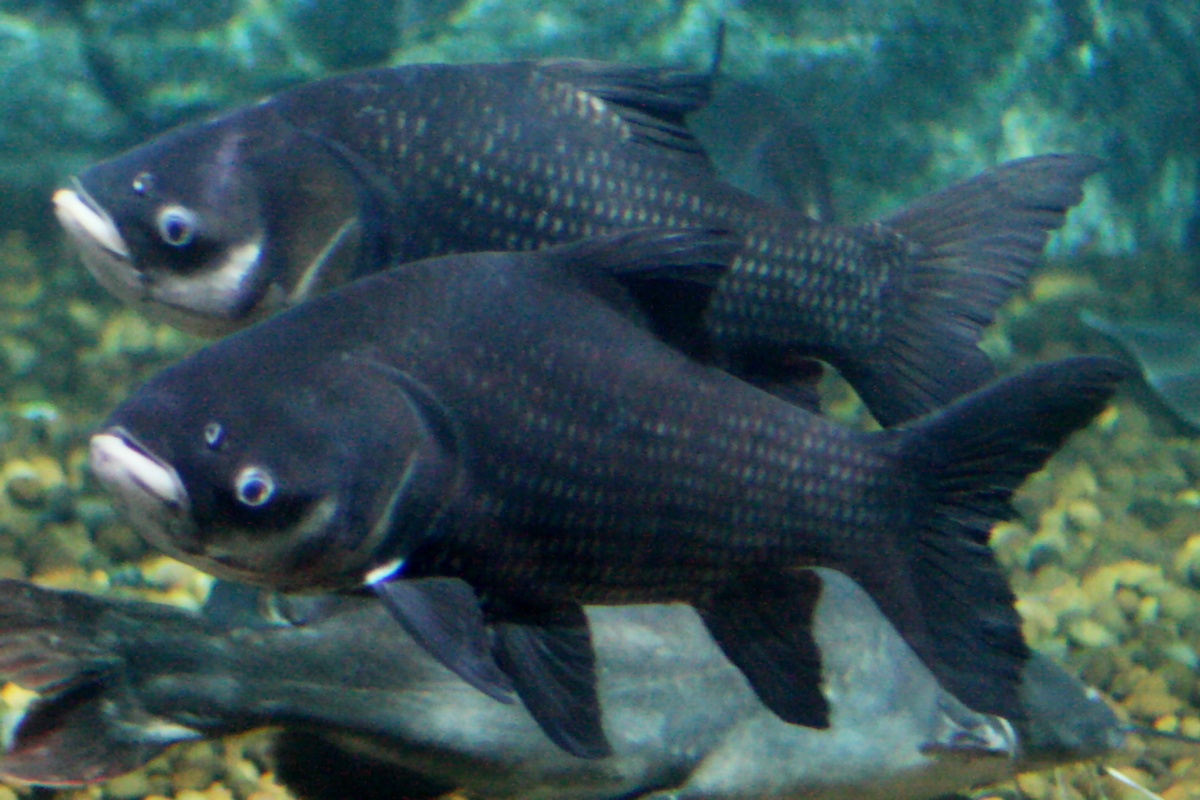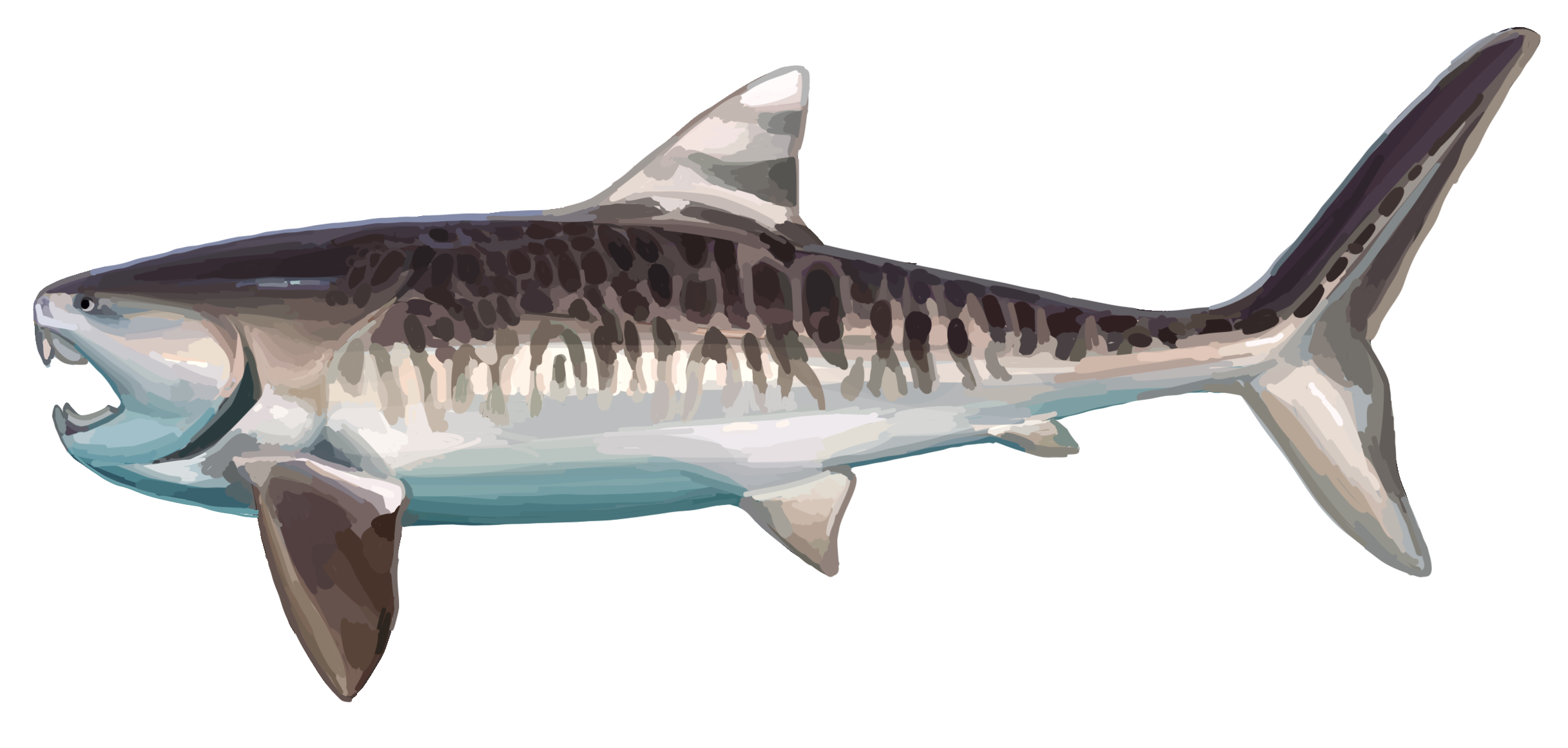|
Rasbora Rutteni
''Rasbora rutteni'' is a species of cyprinid fish Cyprinidae is a family of freshwater fish commonly called the carp or minnow family. It includes the carps, the true minnows, and relatives like the barbs and barbels. Cyprinidae is the largest and most diverse fish family and the largest ... in the genus '' Rasbora'' from Borneo. References Rasboras Freshwater fish of Borneo Fish described in 1916 Taxa named by Lieven Ferdinand de Beaufort Taxa named by Max Carl Wilhelm Weber {{Rasboras-stub ... [...More Info...] [...Related Items...] OR: [Wikipedia] [Google] [Baidu] |
Max Carl Wilhelm Weber
Max Carl Wilhelm Weber van Bosse or Max Wilhelm Carl Weber (5 December 1852, in Bonn – 7 February 1937, in Eerbeek) was a German-Dutch zoologist and biogeographer. Weber studied at the University of Bonn, then at the Humboldt University in Berlin with the zoologist Eduard Carl von Martens (1831–1904). He obtained his doctorate in 1877. Weber taught at the University of Utrecht then participated in an expedition to the Barents Sea. He became Professor of Zoology, Anatomy and Physiology at the University of Amsterdam in 1883. In the same year he received naturalised Dutch citizenship. His discoveries as leader of the Siboga Expedition led him to propose Weber's line, which encloses the region in which the mammalian fauna is exclusively Australasian, as an alternative to Wallace's Line. As is the case with plant species, faunal surveys revealed that for most vertebrate groups Wallace’s line was not the most significant biogeographic boundary. The Tanimbar Island group, and ... [...More Info...] [...Related Items...] OR: [Wikipedia] [Google] [Baidu] |
Lieven Ferdinand De Beaufort
Lieven Ferdinand de Beaufort (March 23, 1879 in Den Treek, Leusden – 11 May 1968 in Amersfoort) was a Dutch biologist who, in 1903, participated in the North New Guinea Expedition. In the 1920s he was director of the Zoological Museum of Artis in Amsterdam and later zoogeography professor at the University of Amsterdam. Beaufort is commemorated in the scientific name of a species of lizard, ''Sphenomorphus beauforti'', which is a synonym of '' Sphenomorphus schultzei''. www.reptile-database.org. See also * :Taxa named by Lieven Ferdinand de Beaufort References SourcesProf. dr. L.F. de Beaufort, 1879 - 1968at the University of Amsterdam The University of Amsterdam (abbreviated as UvA, nl, Universiteit van Amsterdam) is a public research university located in Amsterdam, Netherlands. The UvA is one of two large, publicly funded research universities in the city, the other being ... ''Album Academicum'' website 1879 births 1968 deaths Dutch zoologists Universit ... [...More Info...] [...Related Items...] OR: [Wikipedia] [Google] [Baidu] |
Cyprinid Fish
Cyprinidae is a family of freshwater fish commonly called the carp or minnow family. It includes the carps, the true minnows, and relatives like the barbs and barbels. Cyprinidae is the largest and most diverse fish family and the largest vertebrate animal family in general with about 3,000 species, of which only 1,270 remain extant, divided into about 370 genera. Cyprinids range from about 12 mm in size to the giant barb (''Catlocarpio siamensis''). By genus and species count, the family makes up more than two-thirds of the ostariophysian order Cypriniformes. The family name is derived from the Greek word ( 'carp'). Biology and ecology Cyprinids are stomachless fish with toothless jaws. Even so, food can be effectively chewed by the gill rakers of the specialized last gill bow. These pharyngeal teeth allow the fish to make chewing motions against a chewing plate formed by a bony process of the skull. The pharyngeal teeth are unique to each species and are us ... [...More Info...] [...Related Items...] OR: [Wikipedia] [Google] [Baidu] |
Rasbora
''Rasbora'' is a genus of fish in the family Cyprinidae. They are native to freshwater habitats in South and akistan [Southeast Asia, as well as southeast China. A single species, ''R. gerlachi'', is only known from an old Zoological specimen">specimen that reputedly originated from Africa (Cameroon), but this locality is considered doubtful. They are small, up to long, although most species do not surpass and many have a dark horizontal stripe. Several species are regularly kept in aquariums. As a common English name, "rasbora" is used for many species in the genus ''Rasbora'', as well as several species in genera ''Brevibora'', ''Boraras'', '' Megarasbora'', ''Metzia'', ''Microdevario'', ''Microrasbora'', ''Rasboroides'', ''Rasbosoma'', ''Sawbwa'', ''Trigonopoma'' and ''Trigonostigma''. Some of these related genera were included in the genus ''Rasbora'' in the past. In a 2007 analysis, ''Rasbora'' was found to not be a monophyletic assemblage. However ''Boraras'' and ''Trigon ... [...More Info...] [...Related Items...] OR: [Wikipedia] [Google] [Baidu] |
Borneo
Borneo (; id, Kalimantan) is the third-largest island in the world and the largest in Asia. At the geographic centre of Maritime Southeast Asia, in relation to major Indonesian islands, it is located north of Java, west of Sulawesi, and east of Sumatra. The island is politically divided among three countries: Malaysia and Brunei in the north, and Indonesia to the south. Approximately 73% of the island is Indonesian territory. In the north, the East Malaysian states of Sabah and Sarawak make up about 26% of the island. The population in Borneo is 23,053,723 (2020 national censuses). Additionally, the Malaysian federal territory of Labuan is situated on a small island just off the coast of Borneo. The sovereign state of Brunei, located on the north coast, comprises about 1% of Borneo's land area. A little more than half of the island is in the Northern Hemisphere, including Brunei and the Malaysian portion, while the Indonesian portion spans the Northern and Southern hemisph ... [...More Info...] [...Related Items...] OR: [Wikipedia] [Google] [Baidu] |
Freshwater Fish Of Borneo
Fresh water or freshwater is any naturally occurring liquid or frozen water containing low concentrations of dissolved salts and other total dissolved solids. Although the term specifically excludes seawater and brackish water, it does include non- salty mineral-rich waters such as chalybeate springs. Fresh water may encompass frozen and meltwater in ice sheets, ice caps, glaciers, snowfields and icebergs, natural precipitations such as rainfall, snowfall, hail/ sleet and graupel, and surface runoffs that form inland bodies of water such as wetlands, ponds, lakes, rivers, streams, as well as groundwater contained in aquifers, subterranean rivers and lakes. Fresh water is the water resource that is of the most and immediate use to humans. Water is critical to the survival of all living organisms. Many organisms can thrive on salt water, but the great majority of higher plants and most insects, amphibians, reptiles, mammals and birds need fresh water to s ... [...More Info...] [...Related Items...] OR: [Wikipedia] [Google] [Baidu] |
Fish Described In 1916
Fish are Aquatic animal, aquatic, craniate, gill-bearing animals that lack Limb (anatomy), limbs with Digit (anatomy), digits. Included in this definition are the living hagfish, lampreys, and Chondrichthyes, cartilaginous and bony fish as well as various extinct related groups. Approximately 95% of living fish species are ray-finned fish, belonging to the class Actinopterygii, with around 99% of those being teleosts. The earliest organisms that can be classified as fish were soft-bodied chordates that first appeared during the Cambrian period. Although they lacked a vertebrate, true spine, they possessed notochords which allowed them to be more agile than their invertebrate counterparts. Fish would continue to evolve through the Paleozoic era, diversifying into a wide variety of forms. Many fish of the Paleozoic developed placodermi, external armor that protected them from predators. The first fish with jaws appeared in the Silurian period, after which many (such as sharks) b ... [...More Info...] [...Related Items...] OR: [Wikipedia] [Google] [Baidu] |
Taxa Named By Lieven Ferdinand De Beaufort
In biology, a taxon (back-formation from ''taxonomy''; plural taxa) is a group of one or more populations of an organism or organisms seen by taxonomists to form a unit. Although neither is required, a taxon is usually known by a particular name and given a particular ranking, especially if and when it is accepted or becomes established. It is very common, however, for taxonomists to remain at odds over what belongs to a taxon and the criteria used for inclusion. If a taxon is given a formal scientific name, its use is then governed by one of the nomenclature codes specifying which scientific name is correct for a particular grouping. Initial attempts at classifying and ordering organisms (plants and animals) were set forth in Carl Linnaeus's system in ''Systema Naturae'', 10th edition (1758), as well as an unpublished work by Bernard and Antoine Laurent de Jussieu. The idea of a unit-based system of biological classification was first made widely available in 1805 in the intro ... [...More Info...] [...Related Items...] OR: [Wikipedia] [Google] [Baidu] |





